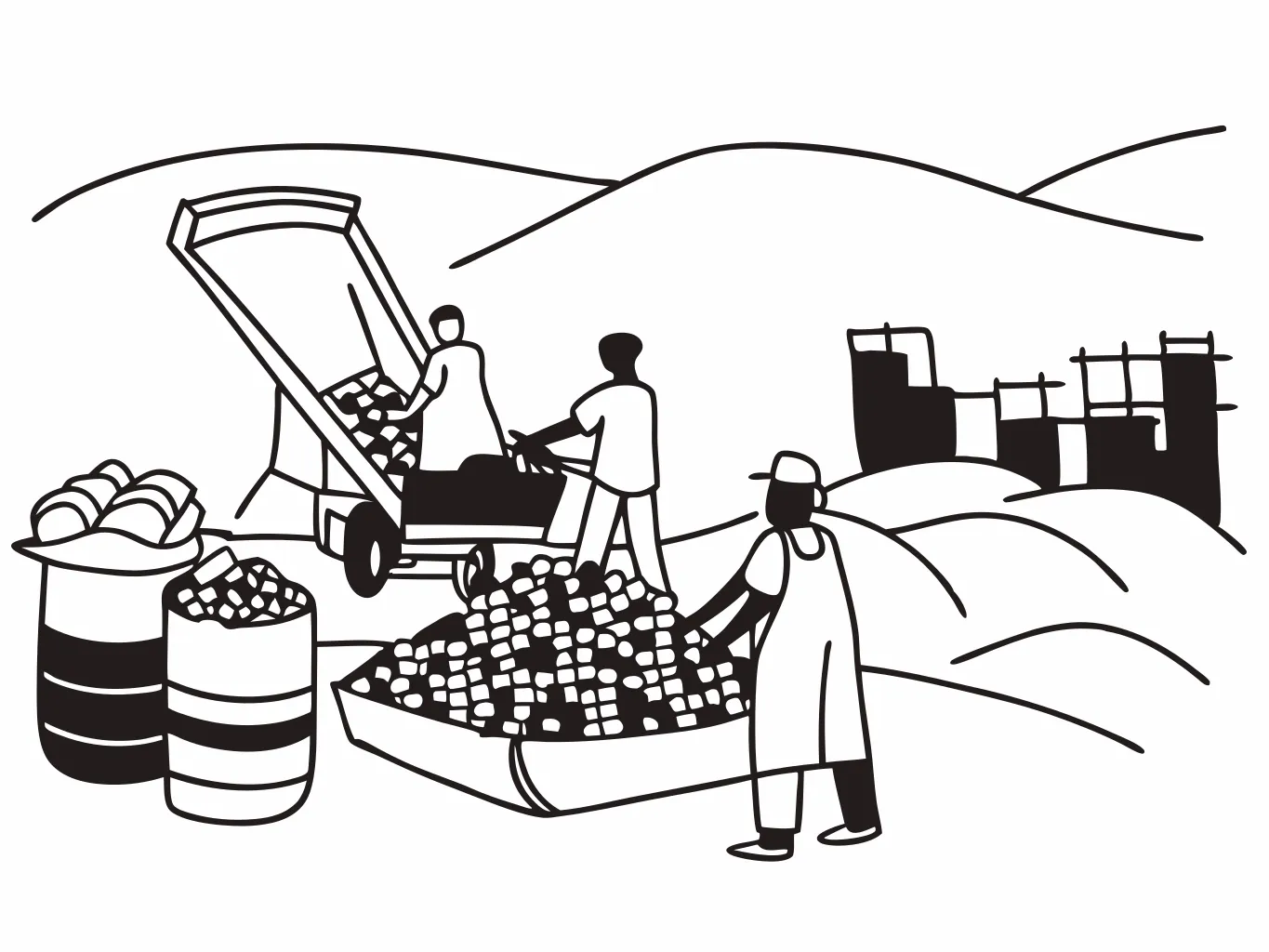Nigerijsko tržište recikliranja plastike bilježi značajan rast tijekom godina, potaknuto povećanjem svijesti o pitanjima zaštite okoliša, vladinim inicijativama i ekonomskim potencijalom recikliranja. Evo raščlambe njegovog trenutnog statusa, procesa i implikacija:
Trenutni proizvodni kapacitet
Od 2020. nigerijsko tržište recikliranja plastike imalo je godišnji proizvodni kapacitet od približno 2,04 milijuna tona. Očekuje se da će ova brojka rasti, a predviđanja sugeriraju porast do 3,47 milijuna tona do 2030, odražavajući zdravu godišnju stopu rasta spoja (CAGR) od 4,82%. Ova putanja rasta naglašava predanost Nigerije smanjenju utjecaja na okoliš uz istovremeno korištenje ekonomskih prednosti recikliranja.
Zašto je nigerijsko tržište recikliranja važno
- Utjecaj na okoliš: Nigerija se, poput mnogih zemalja u razvoju, suočava s izazovima s upravljanjem plastičnim otpadom. S više od 2,5 milijuna tona plastičnog otpada koji se proizvede godišnje, recikliranje igra ključnu ulogu u smanjenju onečišćenja plastikom. Recikliranjem Nigerija smanjuje količinu plastike koja završava na odlagalištima ili u oceanu, što je ključno za očuvanje morskog života i smanjenje zagađenja tla.
- Ekonomske mogućnosti: Sektor recikliranja u Nigeriji ne samo da pomaže u upravljanju otpadom, već također stvara radna mjesta i potiče gospodarski rast. Postrojenja za reciklažu zapošljavaju radnike na različitim razinama, od sakupljača do tehničara, pridonoseći zapošljavanju iu urbanim iu ruralnim područjima. Štoviše, reciklirana plastika može se koristiti za proizvodnju novih proizvoda, smanjujući potrebu za uvozom netaknute plastike i štedeći devize.
- Politika i podrška vlade: Inicijative poput Nacionalne politike o upravljanju životnim ciklusom plastike bile su ključne. Ova politika ima za cilj promicanje učinkovitosti resursa, čistije proizvodnje i zaštite okoliša, izravno potičući širenje industrije recikliranja.
Kako radi recikliranje u Nigeriji
- Kolekcija: Proces počinje prikupljanjem otpada, koje često neformalno obavljaju smetlari ili formalno putem komunalnih sustava gospodarenja otpadom.
- Sortiranje: Plastika se u pogonima za recikliranje razvrstava u različite kategorije na temelju vrste (kao što su PET, HDPE, PVC) radi učinkovite obrade.
- Obrada: Nakon sortiranja, plastika se čisti, usitnjava i topi. Rastaljena plastika zatim se može oblikovati u kuglice ili izravno u nove proizvode poput materijala za pakiranje, cijevi ili čak vlakana odjeće.
- Tržište recikliranih proizvoda: U Nigeriji postoji rastuće tržište za proizvode od reciklirane plastike. Tvrtke sve više traže održive materijale kako bi zadovoljile lokalne i međunarodne zahtjeve za ekološki prihvatljivim proizvodima.
Izazovi i budući izgledi
- Tehnološki i infrastrukturni nedostaci: Iako postoji rast, izazov leži u nadogradnji tehnologije recikliranja i infrastrukture za učinkovitije rukovanje otpadom. Mnoge operacije recikliranja još uvijek se oslanjaju na radno intenzivne metode koje se mogu poboljšati automatizacijom.
- Svijest i obrazovanje: Neophodna je kontinuirana edukacija o prednostima recikliranja. I kampanje podizanja javne svijesti i obrazovni programi u školama mogu pomoći u njegovanju kulture recikliranja.
- Ekonomska održivost: Ključno je osigurati da recikliranje ostane ekonomski održivo usred fluktuirajućih cijena plastike. Državni poticaji, poput poreznih olakšica ili subvencija, mogli bi potaknuti više poduzeća da uđu ili se prošire u ovom sektoru.
Zaključak
Godišnji proizvodni kapacitet nigerijskog tržišta recikliranja plastike nije samo broj, već je odraz širih ekoloških i ekonomskih promjena. Razumijevanjem i podržavanjem ovog sektora, Nigerija može prednjačiti u afričkim praksama održivog razvoja, pretvarajući značajan ekološki problem u priliku za rast.



